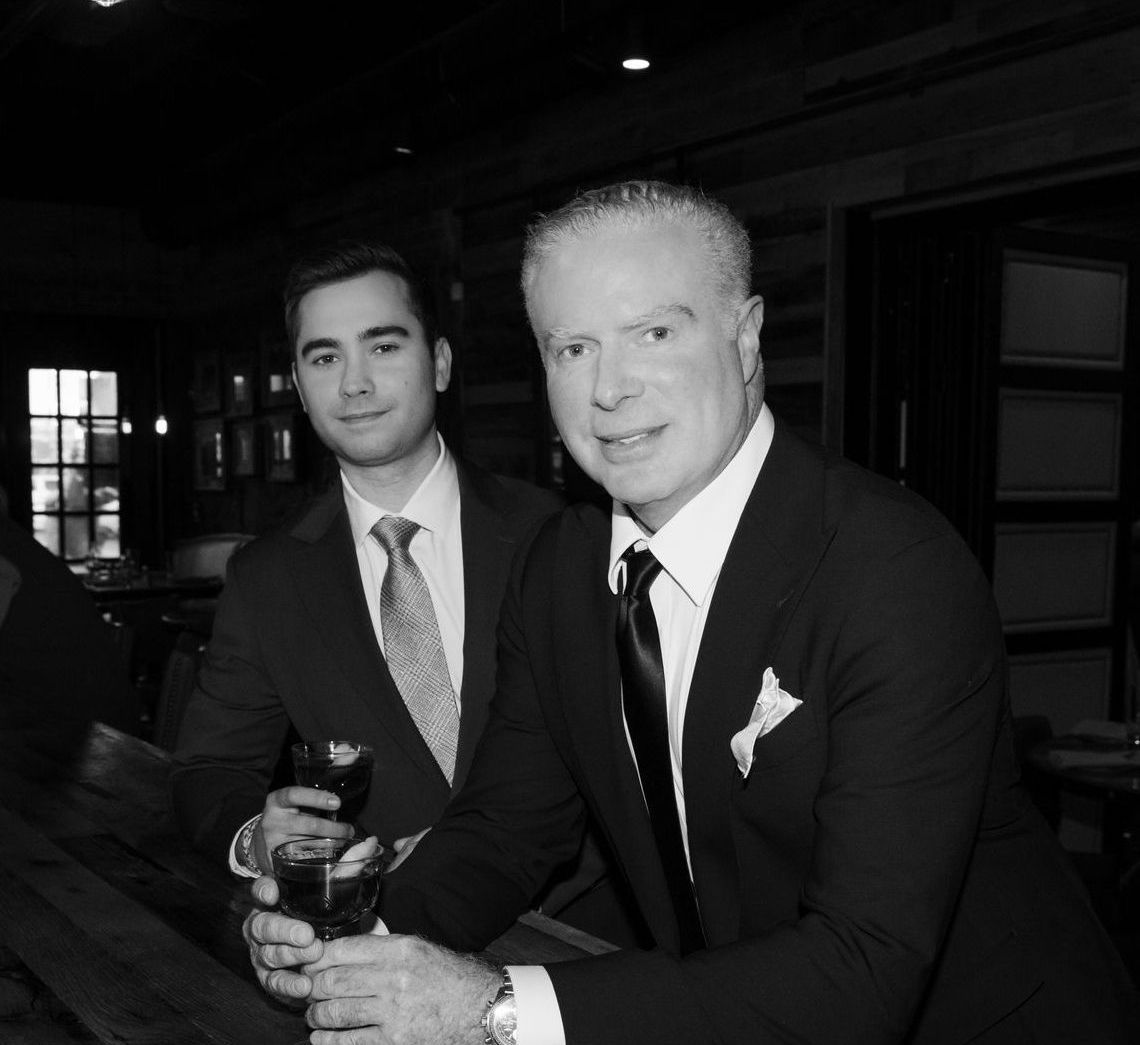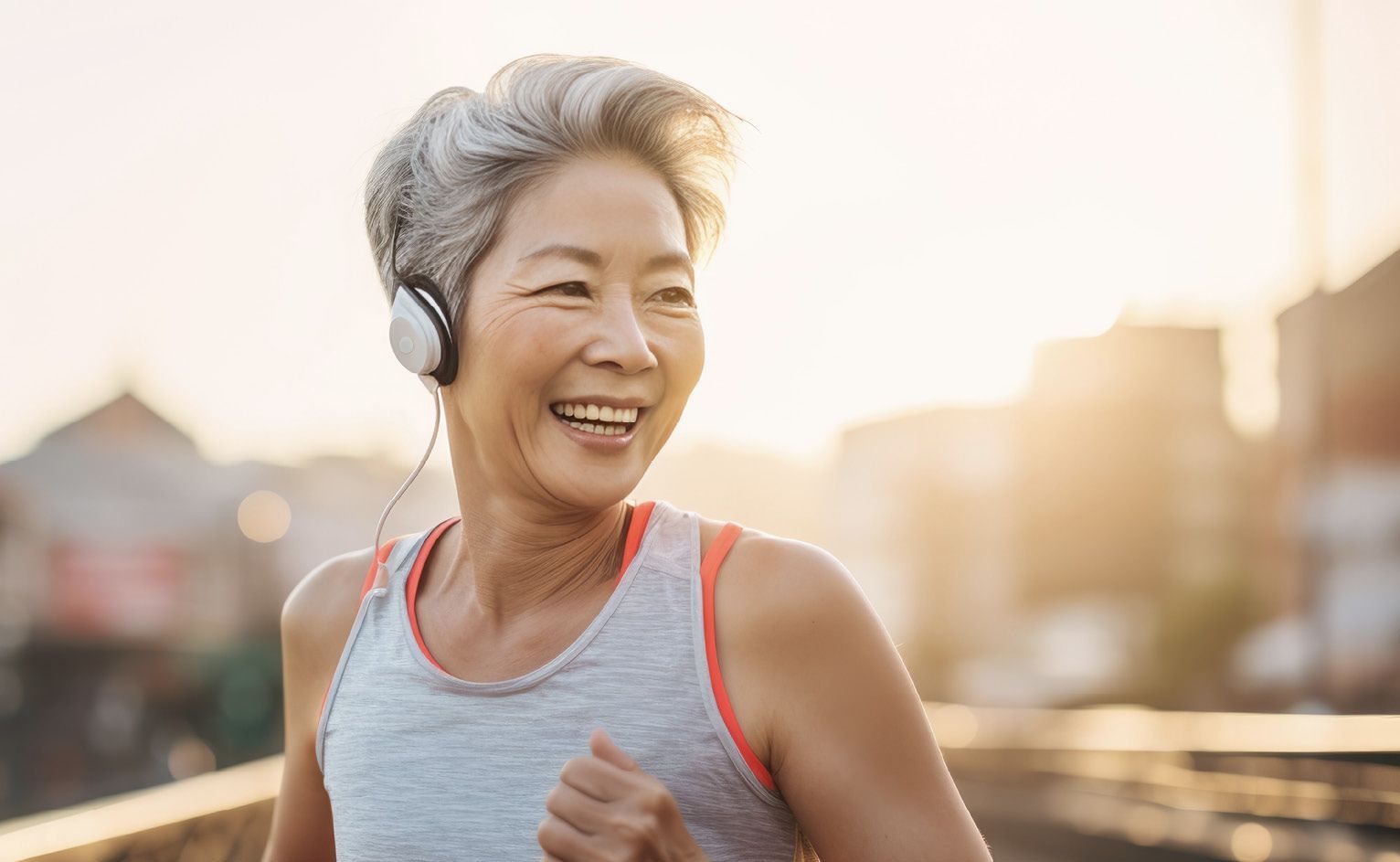Exercise for Longevity: Why Movement is Key to a Longer Life
When it comes to living a long, healthy life, exercise is one of the most powerful tools at your disposal. Regular physical activity not only improves your quality of life today but also helps prevent chronic conditions, supports healthy aging, and contributes to longevity. In fact, staying active is one of the most effective ways to boost both your physical and mental well-being, no matter your age.
In this blog post, we’ll explore the importance of regular exercise, its impact on the aging process, and how specific types of exercise can help promote a longer, healthier life.
Why Physical Activity is Essential for Longevity
The benefits of regular exercise extend far beyond just losing weight or building muscle. In fact, physical activity plays a critical role in virtually every aspect of health, particularly as we age.
Here’s how exercise supports longevity:
Improves Cardiovascular Health
Regular exercise strengthens the heart, improving circulation and helping to lower blood pressure. Physical activity also increases good cholesterol (HDL) levels while reducing bad cholesterol (LDL), which can lower the risk of heart disease. Cardiovascular exercise such as walking, cycling, or swimming also helps reduce the risk of strokes and heart attacks.
Maintains Healthy Weight and Prevents Chronic Diseases
Exercise is one of the most effective ways to manage a healthy weight, which in turn reduces the risk of chronic diseases such as type 2 diabetes, high blood pressure, and certain types of cancer. Staying active helps regulate blood sugar levels and maintain a healthy metabolism.
Preserves Muscle Mass and Bone Health
As we age, muscle mass naturally decreases, a condition known as sarcopenia. Strength training, however, helps counteract this process by stimulating muscle growth and preserving strength. Exercise also supports bone health, reducing the risk of osteoporosis and fractures.
Enhances Mental Health and Cognitive Function
Physical activity has been shown to have a profound impact on mental health, reducing symptoms of depression, anxiety, and stress. Exercise promotes the release of endorphins, the body’s natural “feel-good” hormones, which improve mood and reduce feelings of sadness. Regular movement also boosts cognitive function and memory, which can help stave off age-related cognitive decline and conditions like dementia.
Increases Flexibility and Mobility
Flexibility and mobility can decrease with age, but regular physical activity such as stretching or yoga helps maintain joint flexibility and prevent stiffness. Staying mobile also allows you to perform daily tasks with ease, leading to greater independence as you age.
Types of Exercise That Promote Longevity
While all forms of exercise provide benefits, certain types of physical activity are especially effective when it comes to promoting longevity.
Below are some of the best exercises to include in your routine to support long-term health:
1. Strength Training (Resistance Exercise)
Strength training is essential for preserving muscle mass, improving bone density, and maintaining functional strength as we age. It also supports metabolic health by boosting your resting metabolic rate (the rate at which your body burns calories).
Benefits of strength training include:
- Prevents muscle loss: As we age, we naturally lose muscle mass, but resistance training helps rebuild and maintain muscle fibers.
- Boosts metabolism: Muscle tissue burns more calories at rest compared to fat tissue, so maintaining muscle mass helps keep your metabolism running efficiently.
- Improves balance and stability: Strength training can help prevent falls by improving balance, coordination, and functional strength.
Strength training doesn’t have to involve heavy weights. Bodyweight exercises such as squats, lunges, push-ups, and planks, as well as resistance band workouts, are all great ways to start.
2. Walking
Walking is one of the most accessible forms of exercise and can have profound benefits for longevity. Whether you walk briskly around the block or take a stroll through a park, walking promotes cardiovascular health, helps maintain a healthy weight, and boosts mood.
Benefits of walking include:
- Improved heart health: Walking regularly can help reduce the risk of heart disease by improving circulation and lowering blood pressure.
- Better joint health: Walking is a low-impact exercise, making it gentle on the joints while still improving mobility and flexibility.
- Mental clarity: Walking outdoors, especially in natural environments, has been linked to reduced stress and improved cognitive function.
To reap the most benefits, aim for at least 30 minutes of brisk walking most days of the week. You can break it up into shorter walks throughout the day if needed.
3. Yoga
Yoga is not only excellent for flexibility and stress relief, but it’s also beneficial for overall health as you age. The combination of stretching, strengthening, and breathing exercises in yoga can improve flexibility, increase joint mobility, and enhance mental clarity.
Benefits of yoga include:
- Increased flexibility: Regular yoga practice helps keep your muscles and joints flexible, which is crucial for maintaining mobility as you age.
- Stress reduction: The mindful breathing and relaxation techniques in yoga are proven to reduce stress and lower cortisol levels, helping to improve mental health.
- Enhanced balance and coordination: Many yoga poses improve core strength, balance, and stability, reducing the risk of falls and promoting better posture.
Yoga can be adapted for all fitness levels, making it an excellent choice for those looking to enhance mobility and manage stress.
4. Cycling
Cycling, whether outdoors or on a stationary bike, is another great cardiovascular exercise that is gentle on the joints and supports longevity. Cycling works the legs, improves heart health, and is a fun way to stay active.
Benefits of cycling include:
- Cardiovascular fitness: Cycling increases heart rate and strengthens the cardiovascular system.
- Low-impact: Cycling is easy on the joints, making it suitable for those with arthritis or joint pain.
- Improved endurance: Cycling builds stamina and endurance, helping to improve overall physical performance.
5. Swimming
Swimming is an excellent low-impact exercise that works nearly every muscle group in the body. It’s especially beneficial for individuals with arthritis, joint pain, or mobility issues.
Benefits of swimming include:
- Whole-body workout: Swimming engages both the upper and lower body muscles, helping to improve strength and endurance.
- Joint protection: The buoyancy of the water supports the body, reducing strain on the joints and minimizing the risk of injury.
- Improved lung capacity: Swimming also promotes better respiratory health and can improve lung function over time.
Conclusion
Exercise is a cornerstone of healthy aging and longevity. By incorporating a variety of physical activities into your routine—such as strength training, walking, yoga, and cycling—you can improve cardiovascular health, preserve muscle mass, maintain flexibility, and boost mental well-being. The key is consistency: aiming for at least 150 minutes of moderate-intensity exercise each week can significantly improve your chances of living a longer, healthier life.
If you’re looking to create a personalized exercise plan tailored to your specific health goals, our team of healthcare professionals is here to help. Reach out to us today for expert advice and guidance on how to stay active for a longer, healthier life.
Contact Us Today for Personalized Wellness Guidance
At our practice, we’re dedicated to helping you live your healthiest, longest life. Whether you’re just getting started or looking to enhance your current routine, we offer personalized advice and support to keep you moving toward a long, fulfilling life.











